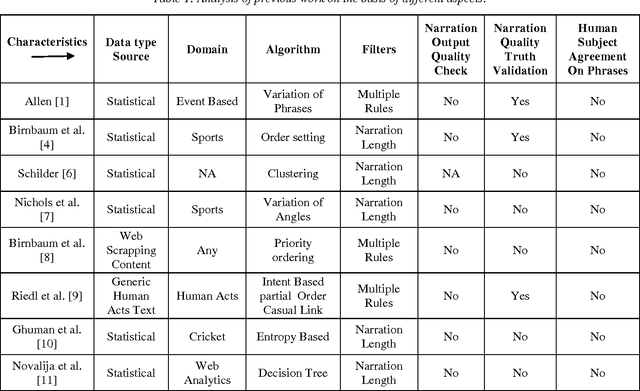Rupinder Kaur
GroMo: Plant Growth Modeling with Multiview Images
Mar 09, 2025Abstract:Understanding plant growth dynamics is essential for applications in agriculture and plant phenotyping. We present the Growth Modelling (GroMo) challenge, which is designed for two primary tasks: (1) plant age prediction and (2) leaf count estimation, both essential for crop monitoring and precision agriculture. For this challenge, we introduce GroMo25, a dataset with images of four crops: radish, okra, wheat, and mustard. Each crop consists of multiple plants (p1, p2, ..., pn) captured over different days (d1, d2, ..., dm) and categorized into five levels (L1, L2, L3, L4, L5). Each plant is captured from 24 different angles with a 15-degree gap between images. Participants are required to perform both tasks for all four crops with these multiview images. We proposed a Multiview Vision Transformer (MVVT) model for the GroMo challenge and evaluated the crop-wise performance on GroMo25. MVVT reports an average MAE of 7.74 for age prediction and an MAE of 5.52 for leaf count. The GroMo Challenge aims to advance plant phenotyping research by encouraging innovative solutions for tracking and predicting plant growth. The GitHub repository is publicly available at https://github.com/mriglab/GroMo-Plant-Growth-Modeling-with-Multiview-Images.
ChatGPT: Vision and Challenges
May 08, 2023Abstract:Artificial intelligence (AI) and machine learning have changed the nature of scientific inquiry in recent years. Of these, the development of virtual assistants has accelerated greatly in the past few years, with ChatGPT becoming a prominent AI language model. In this study, we examine the foundations, vision, research challenges of ChatGPT. This article investigates into the background and development of the technology behind it, as well as its popular applications. Moreover, we discuss the advantages of bringing everything together through ChatGPT and Internet of Things (IoT). Further, we speculate on the future of ChatGPT by considering various possibilities for study and development, such as energy-efficiency, cybersecurity, enhancing its applicability to additional technologies (Robotics and Computer Vision), strengthening human-AI communications, and bridging the technological gap. Finally, we discuss the important ethics and current trends of ChatGPT.
Narrative Science Systems: A Review
Oct 15, 2015
Abstract:Automatic narration of events and entities is the need of the hour, especially when live reporting is critical and volume of information to be narrated is huge. This paper discusses the challenges in this context, along with the algorithms used to build such systems. From a systematic study, we can infer that most of the work done in this area is related to statistical data. It was also found that subjective evaluation or contribution of experts is also limited for narration context.
 Add to Chrome
Add to Chrome Add to Firefox
Add to Firefox Add to Edge
Add to Edge